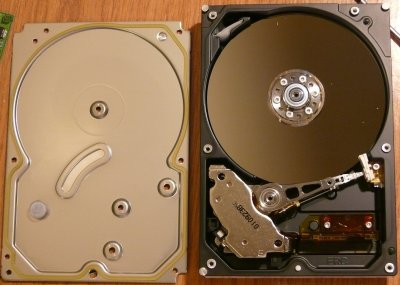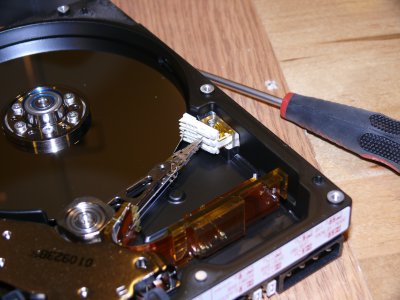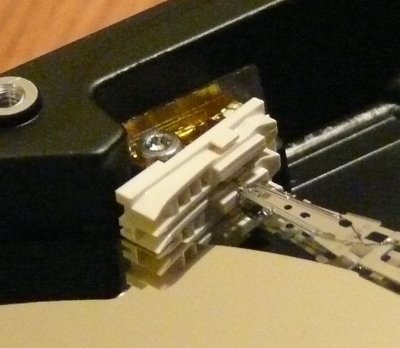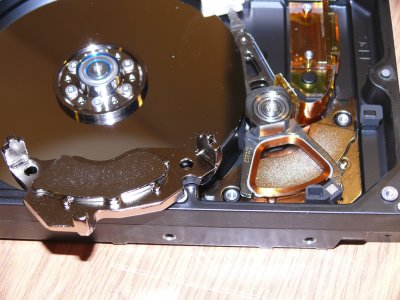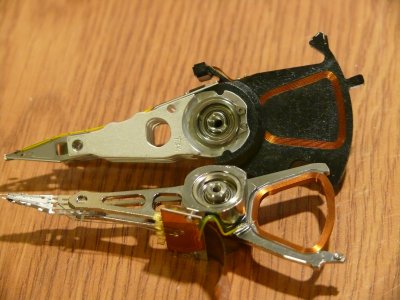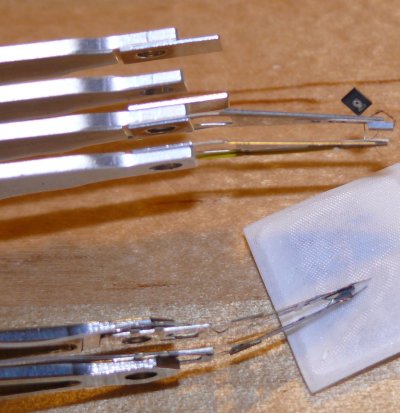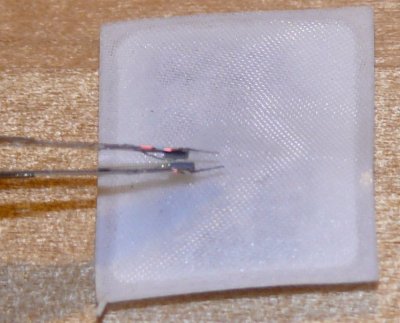Continuing with the investigation into the inner workings of hard drives, the second drive is a newer, although just as broken 20 GB IBM DeathstarDeskstar.
Outside, it looks like any other 3.5″ form factor drive
Looks pretty similar on the inside too, although there are a few notable differences in design. Again, I was a little surprised to find this drive was also a single platter design. Nearly 7 times the capacity of the old drive on the same sized platter.
Instead of a landing zone on the platter, this one uses a landing zone outside the platter. The heads are moved into the white plastic holder when not in use. Moving the landing zone off the platter frees up additional space on the platter where data can be stored. It also makes the platters much less susceptible to impact related damage.
Again, two very strong magnets and the voice coil (this drive uses a larger coil) used to move the drive arm.
Close up of the read/write head.
Some of the more significant differences are in the way the drive arm is designed. Here are the drive arms for the two drives side by side. The top one is from the old 3GB Seagate (from part 1), the bottom one is from the newer IBM. Note newer arm is made of much less material and is generally smaller. This helps reduce the weight of the arm allowing it to move around faster (decreasing access times). The IBM arm also has a much larger area coil than the other one.
The newer arm also has a much smaller read/write head than the old one. This means smaller magnetic domains can be created and more data crammed onto the platter.
Discover more from Imablog
Subscribe to get the latest posts sent to your email.

